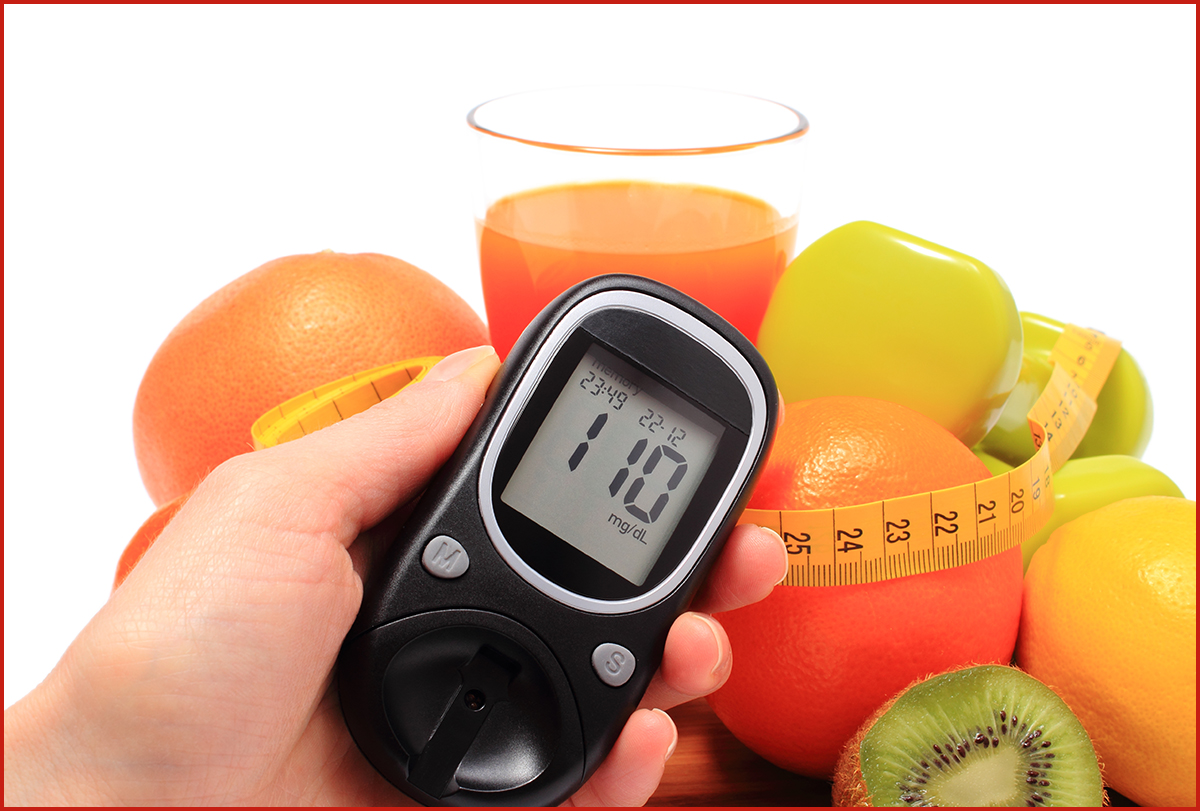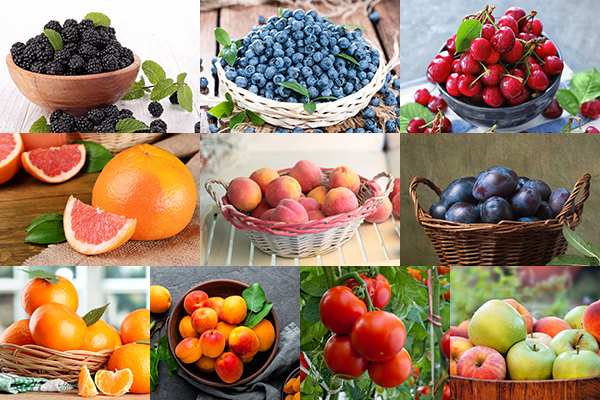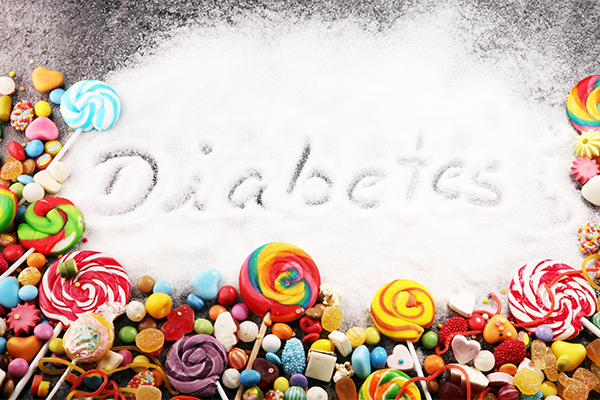In this article:
Many people associate the word “sugar” with negative health outcomes, but sugar is actually used by the cells as energy and fuel to make the body function properly.

Sugar is simply a loosely used word that can describe a wide variety of foods, such as the white sugar you use to bake your favorite treat, the corn syrup in a tasty candy, the sugar in bread, and the glucose in your blood. Sugar is also found naturally in fruits in the form of fructose.
There are many types of sugar compounds, including fructose, sucrose, glucose, and maltose. In short, sugar can refer to many different types of compounds, and sugar isn’t always bad for you. In fact, it’s great!
While there are health benefits associated with limiting the amount of carbs in your diet, it’s important to remember that the body needs carbohydrates to function.
In addition, cutting out all carbs entirely (including fruits and vegetables) poses a dangerous health risk to your digestive system by reducing fiber intake. Also, not all “sugar” is created equal.
Navigating foods as a diabetic can be confusing at first but is easy to manage once you understand how specific types of food impact your blood glucose levels.
As published in Harvard Health, “People with type 1 diabetes can’t produce sufficient quantities of insulin, and those with type 2 diabetes are resistant to insulin. With both types of diabetes, faster glucose release from high GI foods leads to spikes in blood sugar levels. The slow and steady release of glucose in low-glycemic foods helps maintain good glucose control.” (1)
Certain sweet-tasting fruits rank high on the glycemic index, such as watermelon, dates, pineapple, and bananas as well as most fruit juices, which are not so good for diabetes control.
However, there are many low-glycemic fruits that you can enjoy without drastically raising your blood glucose levels.
Here are a few things to keep in mind:
- When selecting fruits, look for those with a low glycemic index ranking. If you do choose to enjoy a high-glycemic fruit, pairing it with lower-glycemic foods such as chicken or turkey can help.
- It’s also important to consider serving sizes. Eating 5 apples is going to raise your blood sugar more quickly than if you enjoyed just one.
- It is important to note that your fruit choices should always be fresh. Canned fruit and fruit juices contain much more sugar than whole fruit.
10 Fruits for Diabetics
Here are low-glycemic fruits that you can enjoy with any meal or as a snack.

1. Tomatoes
One medium tomato contains 22 calories, 3 grams of sugar, and 1.5 grams of fiber. On the glycemic index scale, tomatoes rank 15 out of 100.
2. Cherries
One cup of cherries contains 77 calories, 13 grams of sugar, and 2.5 grams of fiber. On the glycemic index scale, cherries rank 22 out of 100.
3. Blackberries
One cup of blackberries contains 60 calories, 7 grams of sugar, and a large 8 grams of fiber. On the glycemic index scale, blackberries rank 25 out of 100.
4. Grapefruit
One-half of a grapefruit contains 52 calories, 8 grams of sugar, and 2 grams of fiber. On the glycemic index scale, grapefruit ranks 25 out of 100.
5. Apricots
One apricot contains 17 calories, 3 grams of sugar, and about 1 gram of fiber. On the glycemic index scale, apricots rank 34 out of 100.
6. Apples
One medium apple contains 95 calories, 19 grams of sugar, and 4.4 grams of fiber. On the glycemic index scale, apples rank 38 out of 100.
ALSO READ: Apples: Health Benefits, Nutrition, and Other Things to Know
7. Plums
One plum contains 30 calories, 7 grams of sugar, and 1 gram of fiber. On the glycemic index scale, plums rank 40 out of 100.
8. Tangerines
One medium tangerine contains 47 calories, 9 grams of sugar, and 1.6 grams of fiber. On the glycemic index scale, tangerines rank 40 out of 100.
9. Peaches
One medium peach contains 60 calories, 13 grams of sugar, and 2.3 grams of fiber. On the glycemic index scale, peaches rank 42 out of 100.
10. Blueberries
One cup of blueberries contains 80 calories, 15 grams of sugar, and 3.6 grams of fiber. On the glycemic index scale, blueberries rank 53 out of 100.
Why Are Some Carbs More Beneficial Than Others?
The body processes various types of sugar differently. For example, enjoying a jam-filled croissant for breakfast usually leads to a mid-afternoon crash, unlike a bowl of fruit with oatmeal. Both breakfast examples are carbohydrate-heavy meals, but both impact your blood sugar in completely opposite ways.
The glycemic index was created to better understand why the body can benefit from some food groups and suffer from others.
In an article published by Harvard Health, “The glycemic index is a value assigned to foods based on how slowly or how quickly those foods cause increases in blood glucose levels. Foods low on the glycemic index (GI) scale tend to release glucose slowly and steadily. Foods high on the glycemic index release glucose rapidly. Low GI foods tend to foster weight loss, while foods high on the GI scale help with energy recovery after exercise, or to offset hypo- (or insufficient) glycemia.” (1)
The glycemic index ranks all foods on a scale from 0 to 100. Foods that rank lower than 55 are considered foods that slowly digest and are less likely to quickly raise blood glucose.
How Consuming Too Much Sugar Can Be Dangerous

Just about everyone at some point will experience high blood glucose levels. Your blood glucose levels elevate every time you consume a meal and especially after you’ve enjoyed a high-glycemic food such as a bagel or piece of cake.
It’s unrealistic to assume you will never indulge now and again. Occasional sugary treats are completely acceptable, but chronically high blood glucose starts to damage the body if left untreated.
Complications associated with chronically high blood glucose include: (2)
- Skin infections
- Glaucoma
- Cataracts
- Nerve damage
- Foot numbness
- Ketoacidosis
- Kidney disease
- High blood pressure
- Stroke
Final Word
To support healthy blood sugar regulation, try to limit your fruit intake to 2 servings per day. In addition, limiting other high-glycemic foods is a good way to support your health in general and especially if you have diabetes.
Managing your high blood glucose can lower your risk of developing diabetes-associated complications. If you suffer from diabetes, you should always work closely with your doctor for a long-term management plan.
In addition, choosing healthy foods directly impacts your blood glucose and is a key tool for reducing high blood sugar. You can discuss helpful ways to regulate your blood sugar with a licensed nutritionist or dietitian.
- Was this article helpful?
- YES, THANKS!NOT REALLY


